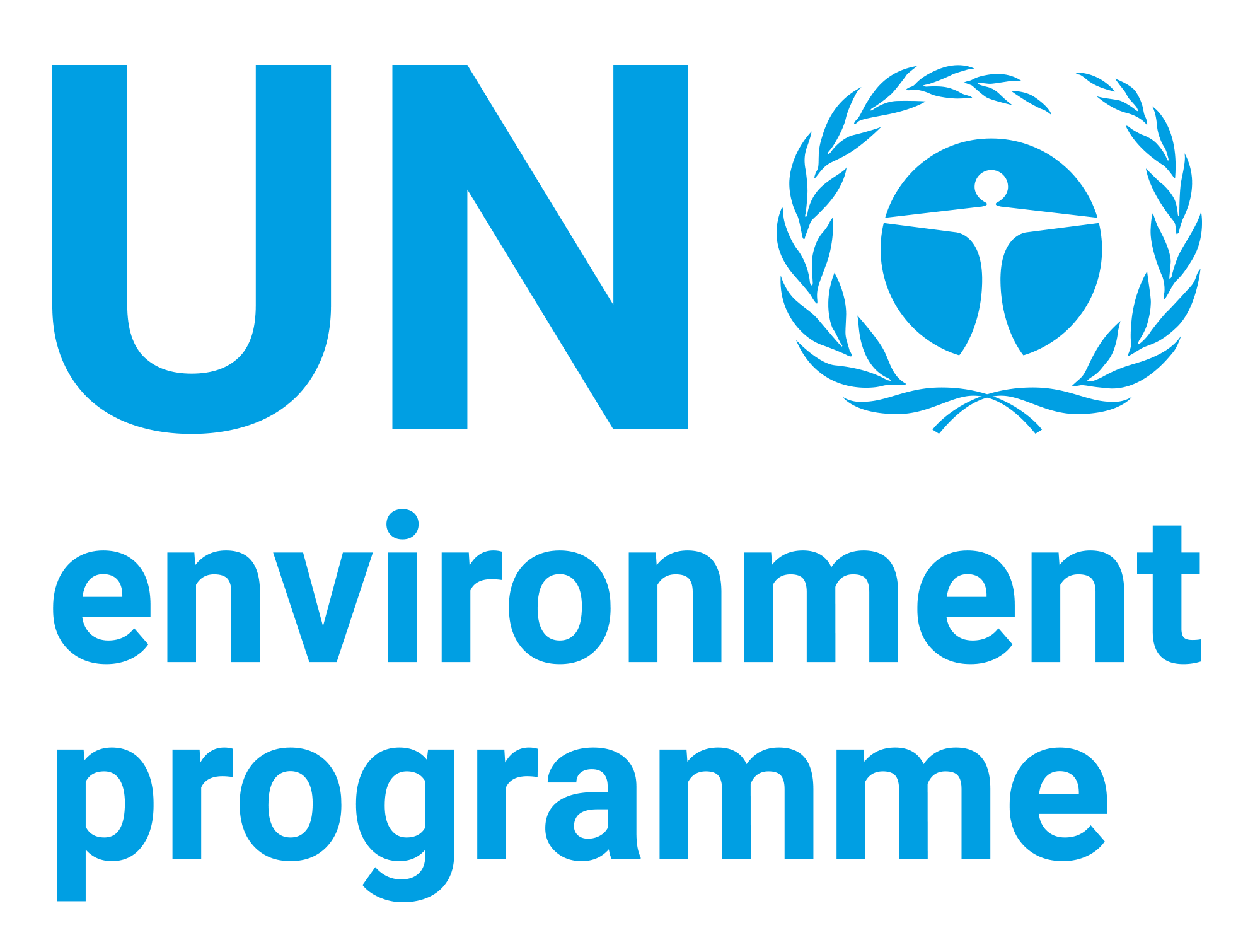The Costs Benefits and Unmet Needs of Biological diversity in Kenya

Date
1992Author
United Nations Environment Programme
Kenya
Citation Tool
Bibliographic Managers
RT Generic T1 The Costs Benefits and Unmet Needs of Biological diversity in Kenya A1 United Nations Environment Programme, Kenya YR 1992 LK https://wedocs.unep.org/20.500.11822/30363 PB AB TY - GEN T1 - The Costs Benefits and Unmet Needs of Biological diversity in Kenya AU - United Nations Environment Programme, Kenya Y1 - 1992 UR - https://wedocs.unep.org/20.500.11822/30363 PB - AB - @misc{20.500.11822_30363 author = {United Nations Environment Programme, Kenya}, title = {The Costs Benefits and Unmet Needs of Biological diversity in Kenya}, year = {1992}, abstract = {}, url = {https://wedocs.unep.org/20.500.11822/30363} } @misc{20.500.11822_30363 author = {United Nations Environment Programme, Kenya}, title = {The Costs Benefits and Unmet Needs of Biological diversity in Kenya}, year = {1992}, abstract = {}, url = {https://wedocs.unep.org/20.500.11822/30363} } TY - GEN T1 - The Costs Benefits and Unmet Needs of Biological diversity in Kenya AU - United Nations Environment ProgrammeUnited Nations Environment Programme, Kenya UR - https://wedocs.unep.org/20.500.11822/30363 PB - AB -View/Open
Item Statistics
Display item statisticsMetadata
Show full item recordDescription
This Report is concerned with assessing the nature and extent of Kenya's biodiversity, examining why and in what ways it is being changed over time, what the reasons are for that change, what measures need to be taken to conserve the biological diversity of the country, and what the costs of those measures are likely to be. It has been prepared to a terms of reference provided by the Government of Kenya and the Overseas Development Administration of the United Kingdom, who financed the study. However one the main objectives has been to meet the UNEP guidelines for the 'Preparation of Country Studies on Costs, Benefits and Unmet Needs of Biological Diversity Within the Framework of the Planned Convention on Biological Diversity't. Hence many of the questions raised and answered are in the framework of those Guidelines. The Report has the following structure. Chapter 2, which follows this summary, provides a brief introduction to Kenya, its natural resources and its economy. Chapter 3 reviews the scientific state of knowledge about the country biodiversity. It brings together, in some cases for the first time, data on species and habitats within the country, and identifies the gaps in the knowledge. It also addresses the question, why are many of the important resources being lost over time? The structure follows the UNEP guidelines, and an annex to the chapter gives the data in the format set by those guidelines. Chapter 4 looks at the linkages between the economic and social development of the country and its biodiversity. It is concerned with identifying the policies that lead to degradation and those that can encourage conservation and sustainable use. Chapter 5 identifies specific programmes that Kenya needs to follow in the immediate future if it is to arrest some of the serious loss that it is facing. Chapter 6 gives the costs of the existing biodiversity programmes that are being undertaken or proposed in Kenya, as well as the costs of additional measures that should be taken if biodiversity conservation needs are to be met. Finally Chapter 7 addresses the question, what are the benefits from biodiversity conservation? To some extent this question has been raised in many places in the Report, but this last Chapter deals with it in some greater depth.
Collections
Document Viewer
To read more, scroll down below.

